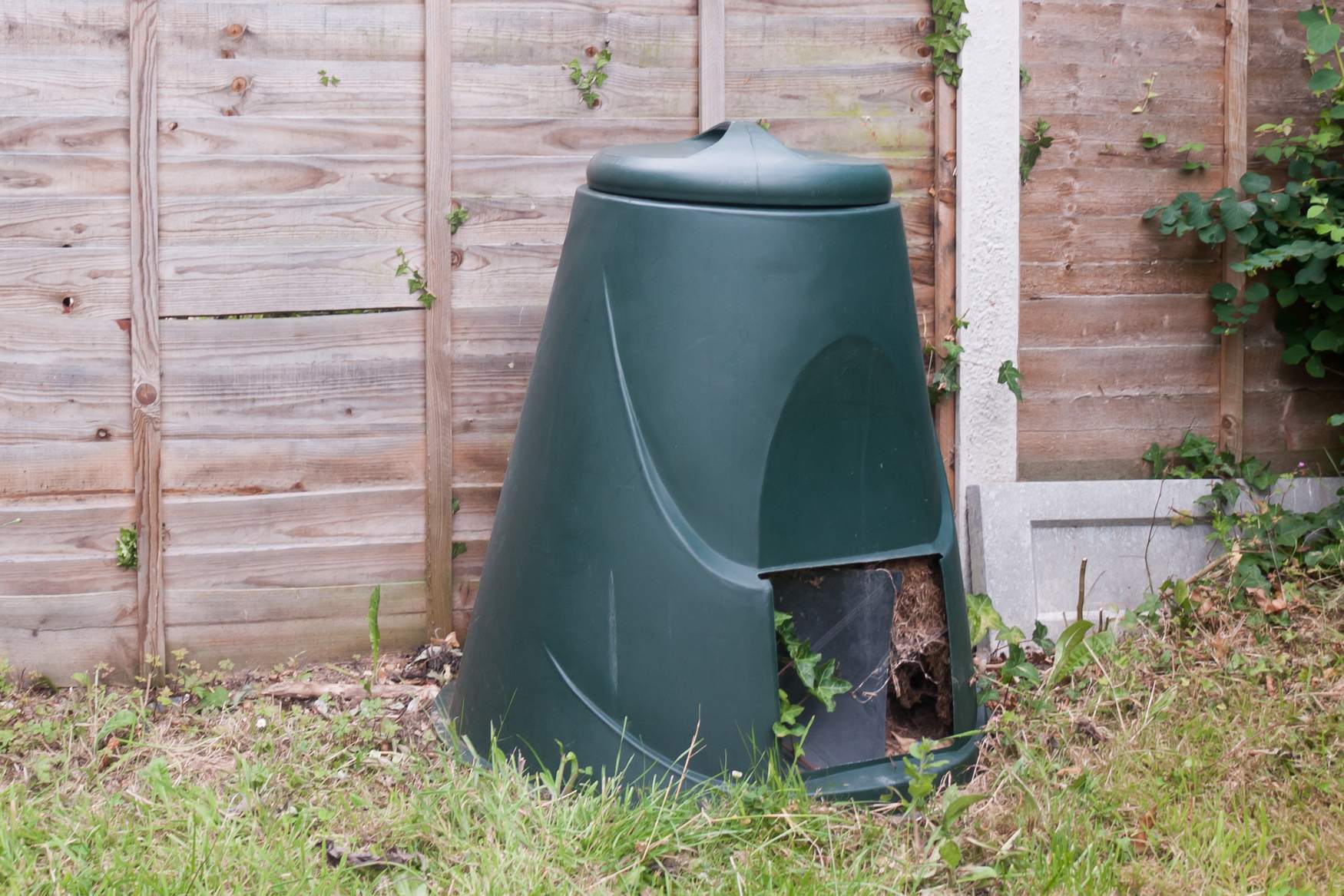Are you about to take home a brand new family member, and wondering what to feed your puppy?
We’ll sum up the science behind what to feed your puppy; how much to feed; how often to feed; and more.
FEEDING YOUR PUPPY AT 8 WEEKS
Your two month-old puppy still has lots of growing to do.
Puppy food therefore contains lots of certain minerals and nutrients – for example calcium and phosphorus for bone growth – and has a protein content of at least 22.5% of dry matter.
More is not always better, though.
Especially for large and giant breed puppies, a slow and steady growth is crucial to prevent joint issues later on.
These breeds need a special puppy food designed “for large dogs”.
In general, you have the choice between two different types of puppy food:
Commercial Puppy Foods
These come as kibble or wet food.
Choose a high-quality brand designed specifically for puppies.
Smaller dogs need smaller kibble to minimise choking hazards.
Once you find a brand your puppy does well with, stick with it – variety is not necessary.
While it’s possible to feed your pup on wet food only, it’s usually not recommended. By combining or alternating between kibble and wet food, you’ll get the benefits from both.
Home-Made And Raw Diets
This option has gained increasing popularity in recent years.
The challenge with these diets is that you will have to ensure yourself that your puppy gets all the needed nutrients in the right amounts and ratios.
Dogs typically reach adult weight within 12-18 months compared to 18 years in humans.
Therefore. it is critical to obtain the correct balance of nutrients during this peroid of rapid skeletal growth.
A recent study looked at 36 different raw foods and found that none of them met the calcium and phosphorous requirements for puppies.
So if you go this route, have an experienced vet double-check your meal plans to avoid malnutrition diseases and ensure you choose a raw food that is accredited with the Pet Food Manufacturing Association (PFMA) to ensure it meets high nutritional and safety standards.
A word of caution: due to the higher risk of food-borne diseases and antibiotic resistant bacteria, raw feeding is not recommended if there are small children or immunocompromised people in your household.
HOW TO SWITCH YOUR PUPPY’S DIET
Before taking your new puppy home, it’s crucial to find out what the breeder or shelter has been feeding it.
Keep feeding your puppy the same thing for the first two weeks.
Then, start mixing the “new” and “old” puppy foods together, and slowly increase the amount of new food over the course of 10 days.
To help your puppy’s gut flora during this transition, you can add canine probiotics to its food once daily.
HOW MUCH SHOULD I FEED MY PUPPY?
If you want to know exactly how many calories your pup needs each day, the formula is as follows:
3 x RER (Resting Energy Requirement) until 4 months of age, then 2 x RER until adulthood.
The RER depends on your puppy’s current body weight.
HOW OFTEN SHOULD I FEED MY PUPPY?
The younger and smaller your puppy is, the more often it needs to be fed.
Here’s a rule of thumb for the amount of daily feedings your puppy needs:
- 2 - 4 months of age: 4 meals daily
- 4 - 6 months of age: 3 meals daily
- 6 months of age and up: 2 - 3 meals daily
If your puppy is constantly hungry, try adding one more feeding (but keep the total amount of food constant!)
HOW LONG SHOULD I FEED A PUPPY DIET?
Once your puppy stops growing, you can make the switch to an adult dog food – preferably of the same brand.
For small and medium breed puppies, this will occur at 9 - 12 months.
Large and giant breed puppies keep growing until about 15 - 18 months.
When switching to adult food, proceed the same way as when you got your dog accustomed to its puppy food.
References
Merck Vet Manual – Small Animal Nutrition
AAFCO Recommendations for Dog Food
Ohio State University’s Basic Calorie Calculator
Greco, D.S., ‘Pediatric Nutrition’. Veterinary Clinics: Small Animal Practice, 2014.
Biourge, V., et. al., ‘The Use of Probiotics in the Diet of Dogs’. The Journal of Nutrition, 1998.
Kealy, R.D., et. al., ‘Effects of limited food consumption on the incidence of hip dysplasia in growing dogs’. Journal of the American Veterinary Medical Association, 1992.
Huber, T.N.L., et. al., ‘Variation in digestibility of dry foods with identical label guaranteed analysis’. The Journal of The American Animal Hospital Association, 1986.
Freeman, L.M., et. al., ‘Current knowledge about the risks and benefits of raw meat-based diets for dogs and cats’. Journal of the American Veterinary Medical Association, 2013.
Hawthorne, A.J., et. al., ‘Body-Weight Changes during Growth in Puppies of Different Breeds’. The Journal of Nutrition, 2004.
Schlesinger, D.P., Joffe, D.J., ‘Raw food diets in companion animals: A critical review’. The Canadian Veterinary Journal, 2011.
Khoo, C., et. al., ‘The role of supplementary dietary antioxidants on immune response in puppies’. Veterinary Therapeutics, 2005.
Gawor, J. P., et. al., ‘Influence of Diet on Oral Health in Cats and Dogs’. The Journal of Nutrition, 2006.
Hutchinson, D., et. al., ‘Seizures and severe nutrient deficiencies in a puppy fed a homemade diet’. Journal of the American Veterinary Medical Association, 2012.
Jackson, J.R., et. al., ‘Effects of Dietary Fiber Content on Satiety in Dogs’. Veterinary Clinical Nutrition, 1997.








